3. Developing Community
DEVELOPING COMMUNITY.

Seals basking during a Walking Festival.

Youngsters try canoeing at the Come & Try
Some of the activities that the Trust organises or assists with:
- Come & Try Day
- Walking Group
- Walking Festival
- Photo Competition
- Summer BBQ
- Friends get-together and presentation evenings
- Trips and visits
- Bird and moth surveys
- Website and newsletters
Come and Try days:
Since 2007 this event has been held each year on the first Saturday in May. All the sports and leisure groups at Kinghorn Loch come together to invite the public to try out their clubs activity. The Trust assists by organising and publicising the event, which remains very popular.

Coastal Rowers and dinghy sailors at the Come & Try.

Kinghorn Radio Sailing Club
Walking Group.
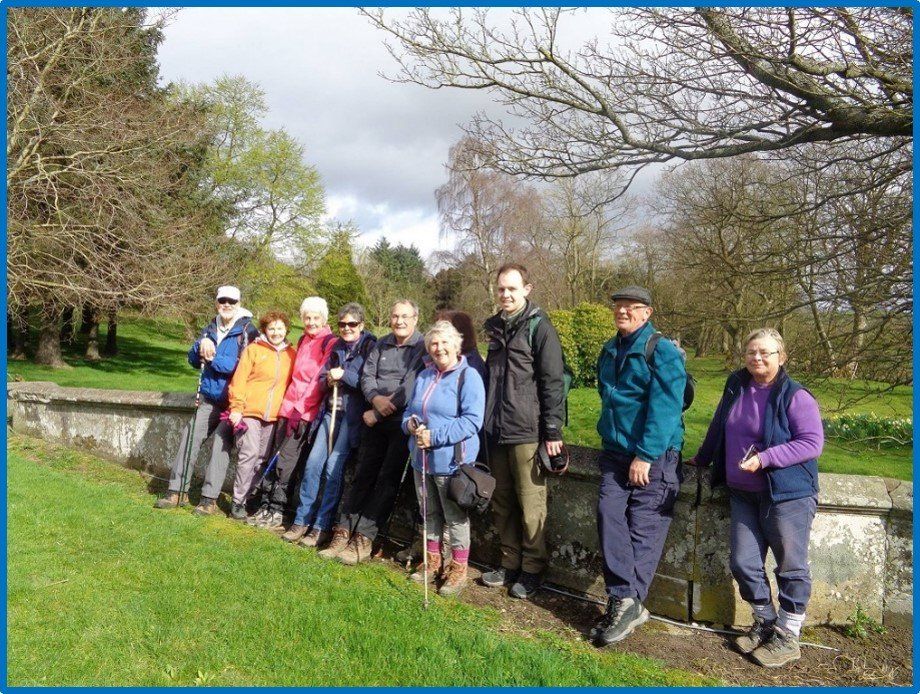
The walking group meets fortnightly during the summer months and monthly during winter time. Walks last up to 2 or more, with a friendly and informal approach. The walks are a mixture of shorter walks (2 miles) to longer, more strenuous hilly walks of up to 6 miles or so. Participants are free to chose walks that they join, as we try and tailor walks to an individuals capacity to complete the walk and to weather conditions. Public transport is good in the area and people can chose to complete only part of a walk.

The group happily posing at the Black Rock at Pettycur/Burntisland beach. Can only be visited at low tide so hope the tide does not come in! This is the destination for the annual "Black Rock 5" race from Kinghorn.

Approaching Seafield Tower.

First outing post-Covid. Time to celebrate with a coffee break!

Special walk for the Walking Group - an event for Burntisland Civic Week.
Annual Walking Festival.
Since 2014 the Trust has held a local Walking Festival in Spring. It has proved a very popular event and attracts people from all over Fife and further afield. The event is free. A programme of walks is put on our website and emailed out to interested parties and people register for walks.

Below Ravenscraig Castle.

One of the facilities at Dunearn Loch!
Walking Festival favourite.
Each year we have a family walk to the troll bridge where we tell some troll stories. It is often acted out with our own live troll. Sometimes it can be very busy and it is always lots of fun. It is combined with a visit to the Witch's House - the ruined Rodanbraes Cottage.
The story is displayed on the bridge so it can be played at any time.
Photo Competition.
Each year we hold a Friends Photo Competition and the standard is always very high. We have a small trophy that the winner gets to keep for a year and we have had a different name engraved on it each time.
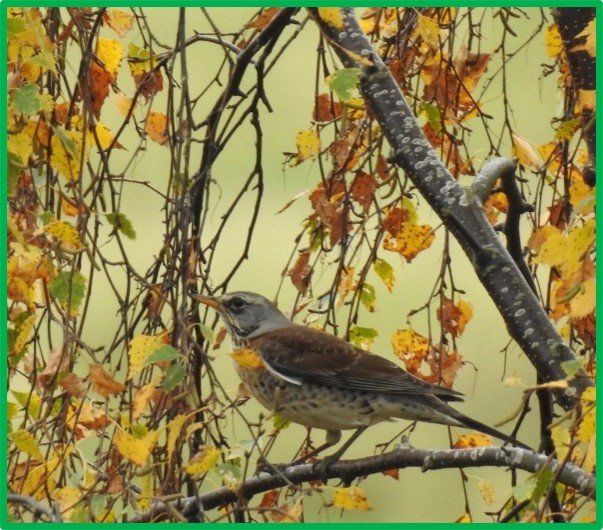
Winning Photo
Autumnal Fieldfare
- Paul Williams
Winner in 2020
- Val Crossan


Winning Photo
The Binn
- Ian Archibald
Social Events.
• Every August we have a Trust Summer Barbecue at Craigencalt Cottage. Ron makes a curry and Marilyn makes some quiches as a well enjoyed addition.
• We have Friends evenings where guest speakers give a talk on local interest and environmental topics
Trips and visits.
Over time we have enjoyed a variety of trips and visits to different places:
• Outings to Inchkeith to help count the seal pups in November.
• Glassmount House gardens is a regular favourite.
• Visits to Gerald Lincoln’s nature reserve in Puddledub
• Wemyss Castle gardens and School of Needlework
• Walk and Talk bee walk at Craigencalt Farm
• Woodland walks to do tree identification
Glassmount House Gardens - a garden with a difference.
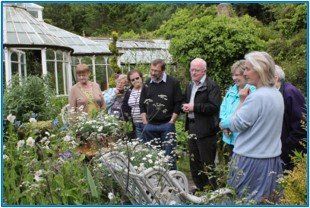


Nature field trips.

"Bee Identification" Walk and Talk.

Helping with the seal pup count on Inchkeith.

Regular Moth Surveys.
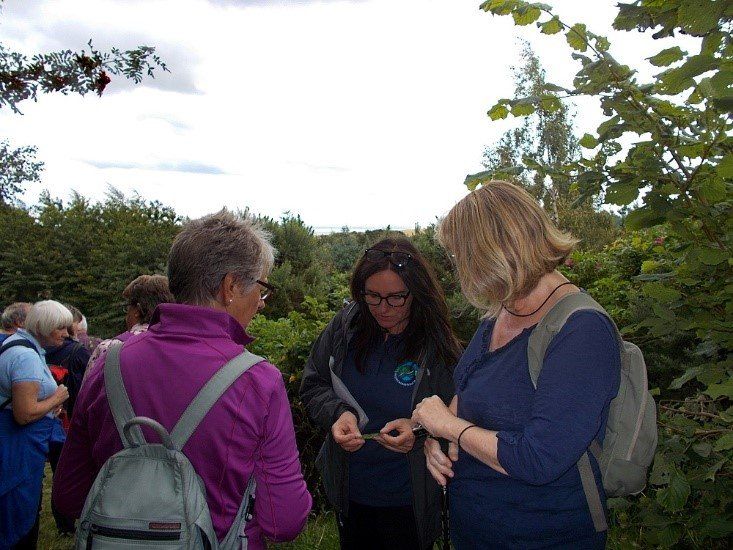
"Tree Identification" Walk and Talk.
Bird and Moth Surveys.
• In the past we have had some in-depth bird surveys from individual Friends, we have a large collection of beautiful bird pictures sent in by our many regular bird watchers who let us know if there is an unusual bird visitor to the loch.
• There have been regular spring to autumn moth surveys done since 2016 which has built up an excellent record of the moths in the area. Surveys are sent into the National Database records.

Bird watchers take photographs and do regular bird surveys
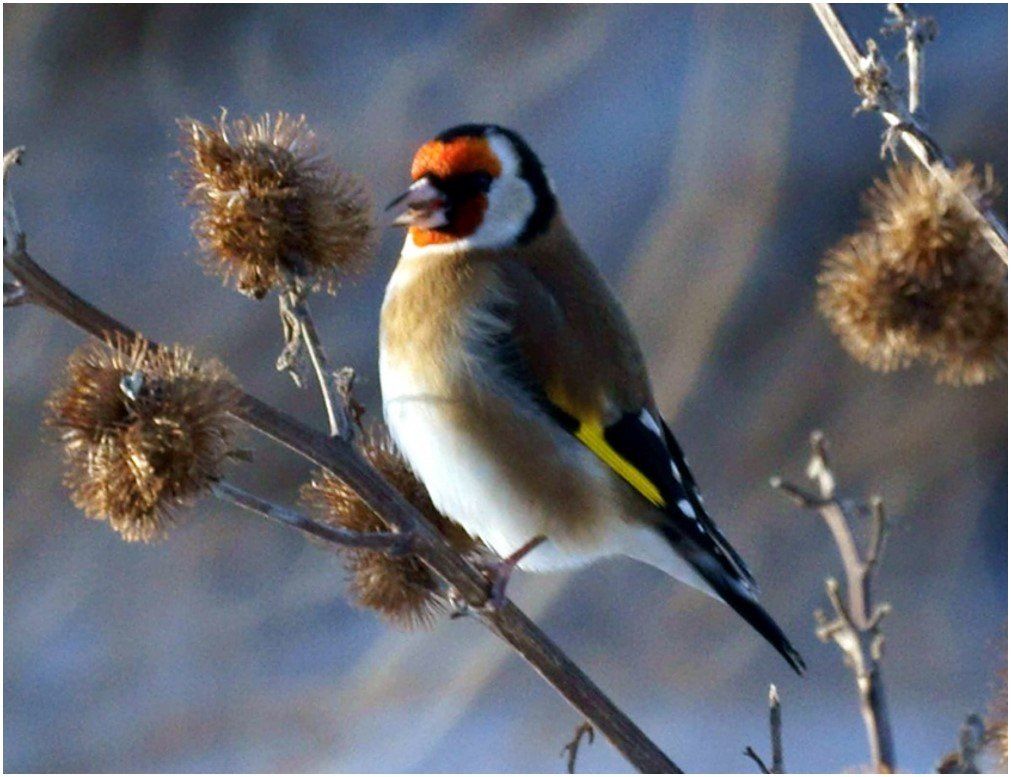
Gold Finches are common in this area.

Mute Swan

Swallow

Great Crested Grebe carry their young on their backs.
Moths and Butterflies found around Craigencalt.
Over 100 species have been counted here.

Elephant Hawk Moth

Burnished Brass Moth

Painted Lady butterfly

Earl Grey Moth

Light Emerald Moth

Comma butterfly
Among our most common butterflies are Peacock, Red Admiral, Orange Tip, Large White, Small Tortoiseshell, Meadow Browns.
Website and Newsletters.
- We send out quarterly newsletters to update folk on our current projects and news items. These are distributed to Friends and associates. We also post them on information boards and the library.
- Website and Facebook page.
Education and Research.


Booklets and available presentations:
• Craigencalt Mills
• Binnend Oil Shale Works
• Heritage
• Geological history
• Formation of Kinghorn Loch
• Bird book
• Flower cards and database
• Pathways Guides
• International visits
How Craigencalt Corn Mill may have looked in the sixteenth/seventeenth century.
International visit from Albania.
Geology.
A quick question for you - what do all these places have in common?:


A lake of blue-green algae, 350 million years ago.
1000 foot thickness of ice sheet, 20,000 years ago.

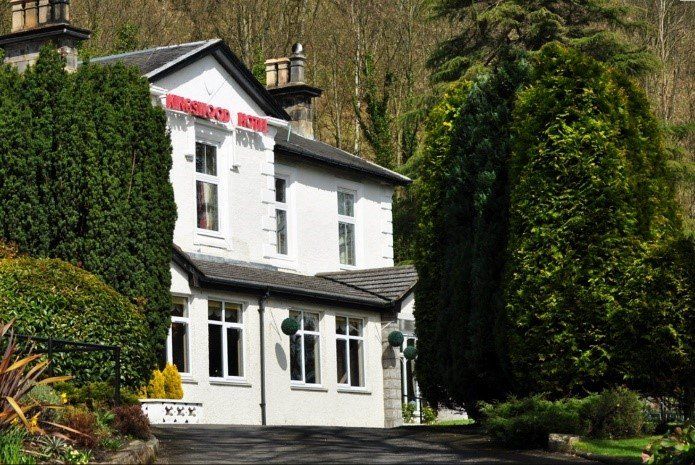
A fissure volcano quietly spewing basalt lavas, 320 million years ago.
The "Kingswood Hotel", now.
They are all at the same place:
Top left – equatorial algal swamp of this sort formed the thick layers of oil shale.
Top right - the Kingswood fissure volcano was one of many volcanoes over a 50 million year period.
Bottom left - Late in the last glaciation, an ice sheet moving slowly east to the North Sea Ice Sheet.
Arrangement of the continents, 320 million years ago.
Carboniferous Period - main coal forming period.


BURNTISLAND.
• Hot, Humid, tropical stinking lakes. Massive river deltas and desert.
• Fifty volcanoes in Fife over 50 million years.
• First land animals – amphibians – and insects.
• Fern trees, slowly introducing pine.

Formation of Kinghorn Loch.
- Kinghorn Loch is a “kettle hole”.
- Formed at the end of the last glaciation some 10,000 years ago, with the retreating Central Scotland ice sheet (glaciation).
- A large chunk of ice was buried in the moraine and eventually melted leaving a hole.
- The hole, typically round and deep, filled with water to form the loch we have today.
Heritage Booklets.
We have published two heritage booklets,
• Binnend Oil Shale Works
• History of Craigencalt

Sixteenth/seventeenth century corn mill.

Threshing Mill, built around 1790.
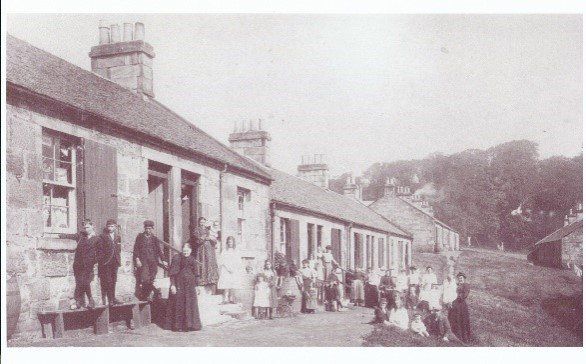
High Binn village of the oil shale works, around 1890
Nature Booklets.
We have published booklets and other study material,
• Birds of Kinghorn Loch is a pocket book for youngsters and beginners to identifying birds.
• Seasonal wild flowers cards were made for families to spot particular flowers on walks around the loch.
• More recently a small group has categorised the many photos of flowers gathered over the years and put them on the website with some interesting facts about each one.


Brown Hare & Roe Deer are common.

Various Orchid hybrids

Banks of Oxe-Eye Daisies

Beautiful Field Scabious.

Snowdrops - one of the first flowers.
Spring is soon to arrive.

Cowslips.

Red Campion. Iconic of the area, present from Spring to early Winter.